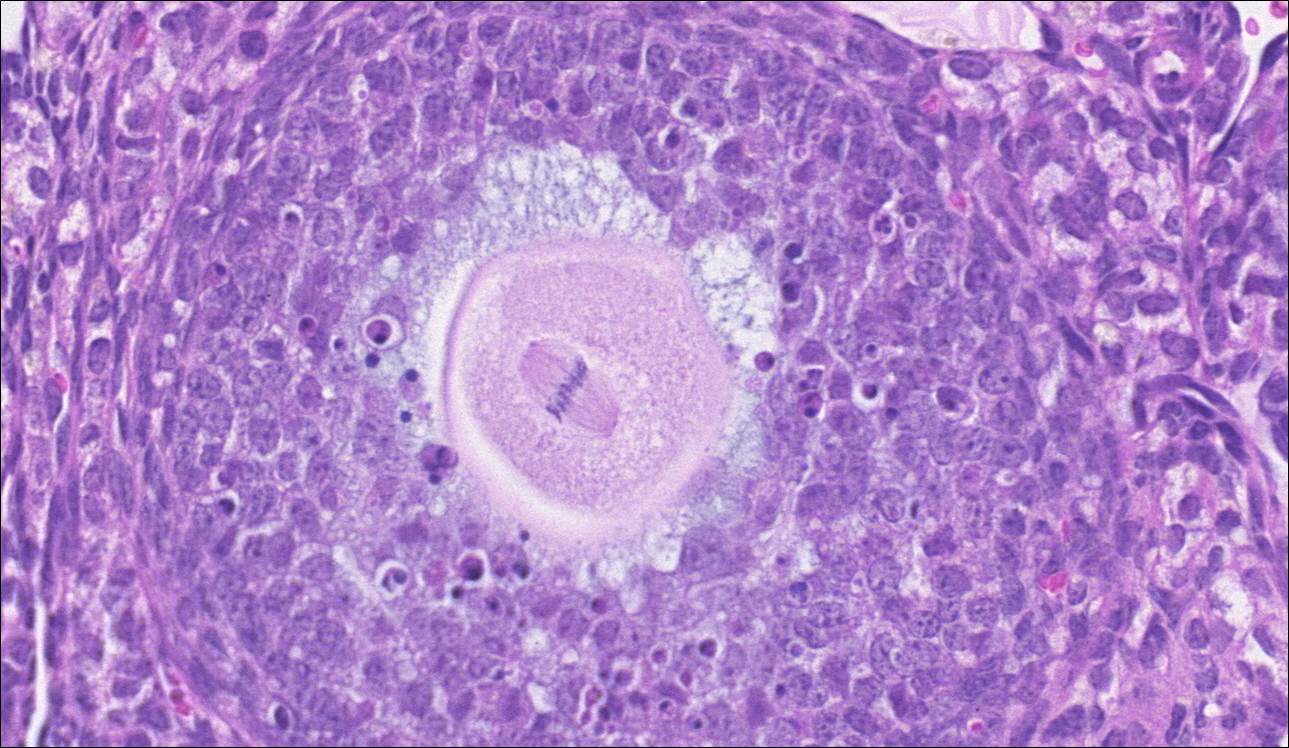Disease Model Pathology (5 ECTS)
University of Turku
The aim of the course is to learn basic pathological lesions, such as adaptation, cell injury, inflammation and neoplasia, in mouse and human. These phenomena are studied in different tissues, and one week is dedicated to brain. The subject is very important, because mouse is widely used as a model for human diseases. In order to understand human diseases in mouse models, such as in genetically modified mice, the differences and similarities in the manifestations of basic pathological lesions in mouse and human must be understood.Entry requirements and/or target group
Students are recommended to participate and complete the course “Introduction to Translational Pathology” or to acquire corresponding skills somewhere else (know mouse histology, are aware of spontaneous pathological alterations in different mouse strains, know the most relevant differences between mouse and human histology).
Learning outcomes
After the course the students:
- Know the theory behind the basic pathological concepts such as adaptation, cell injury, inflammation and neoplasia.
- Recognize the basic pathological lesions such as adaptation, cell injury, inflammation and neoplasia in histological tissue samples.
- Know the species-specific differences in the manifestation of the basic pathological lesions (mouse versus human).
- Understand how mouse can be applied in modelling human diseases.
- Are able to produce comparative disease model pathology material based on given virtual microscopy samples.
- Recognize main brain areas in mouse and human
- Can give examples on how adaption, cell injury, inflammation and neoplasia manifest in brain
- Description of basic pathological lesions (adaptation, cell injury, inflammation and neoplasia) in mouse and human, with examples from different tissue types
- The basics of neuroanatomy and the different pathological lesions in brain tissue are discussed with the aid of histological images
Learning methods and study materials
- On-line videos and lectures
- On-line exercises
- Study book
- Webmicroscopy cases
- Learning diary including peer-reviewing
- Final examination
Teaching language
English
Evaluation and evaluation criteria
Passed/failed
Timetable
Five weeks + final examination (Course 19.2.24 - 24.3.24 + final examination in week 13 or 14)
Registration open until 5.2.2024
Registration
UTU students: via Peppi
Jobitti partner University students (UEF and ÅA):
(https://link.webropolsurveys.com/S/2E3CC10559815EE7)
Others:
In the registration service of Open university at the University of Turku, select the courses or modules you wish to register to. Registration time, quota and possible selection criteria are available in the course or module description in the study guide. Please also visit the course introduction page, where you will find more information on enrolment.
Contact information: Leena Strauss (leesal@utu.fi)

- Opettaja: Sanna Oikari
- Opettaja: Leena Strauss